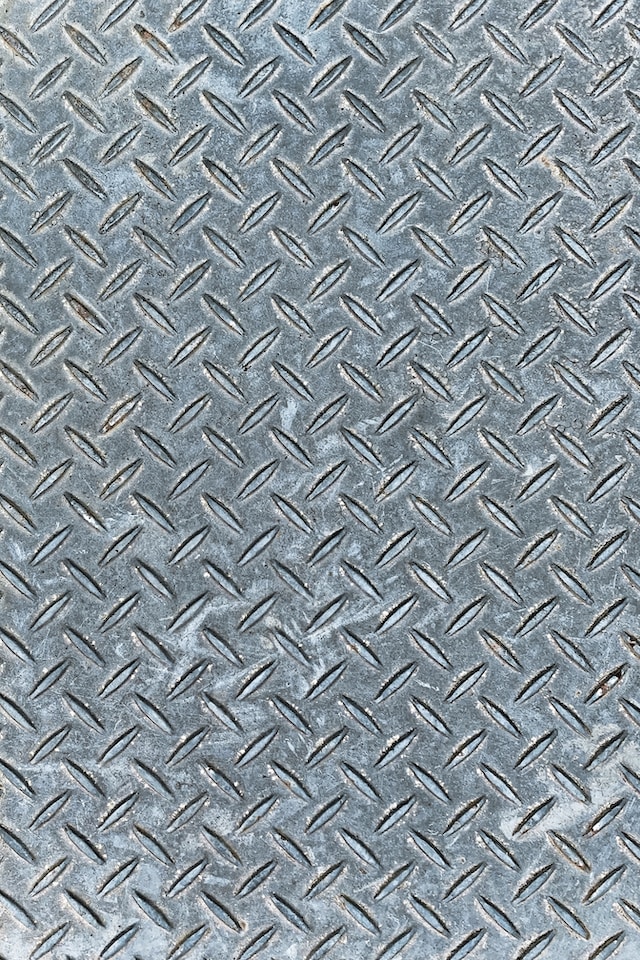-
About
-
Our Brand
-
Products
-
Community
Community
Blog
Blog
Difference Between Carbon Steel and Stainless Steel
- Writer
- STEELTOPIA
- Date
- 23-09-12
Steel, as an engineering material, is widely used across diverse applications. The fundamental components of all steel materials are iron and carbon. While steel encompasses a wide range of ferrous metal alloys, most people categorize it into two broad groups: Carbon Steel and Stainless Steel.
What is Carbon Steel?

Carbon steel is primarily composed of iron and up to 2-2.5% carbon, with various alloying elements such as manganese (up to 1.65%), silicon (up to 0.6%), and copper (up to 0.6%) being possible additions. These alloying elements can be added to create different types of carbon steel with specific properties. Carbon steel is known for its cost-effectiveness and sufficient strength, making it widely used in various engineering products. It accounts for approximately 90% of total steel production.
Carbon steel can be categorized based on its carbon content into low carbon steel (C ≤ 0.3%), medium carbon steel (C: 0.3%~0.6%), and high carbon steel (C ≥ 0.6%). Each category has distinct levels of ductility and hardness, making them suitable for different purposes and environments.
Advantages of Carbon Steel
- Durability
- Economic feasibility
- Wear resistance
- Environmentally friendly
- Easy to recycle
- Versatile usability
What is Stainless Steel?

Stainless steel refers to a type of steel defined by the addition of chromium and other alloying elements like nickel. This occurs because of a low carbon content (less than 1.2%) and a high chromium content (over 10.5%), which changes its appearance and helps prevent corrosion. Unlike carbon steel, stainless steel has a chromium oxide coating that protects against rust and stains. This coating creates a barrier between environmental oxygen and the iron content of the metal, allowing it to resist corrosion or rust, hence making it 'stainless.'
Advantages of Stainless Steel
- Corrosion resistance
- Rust preventive
- Long lasting
- Low maintenance
- Environmentally friendly
- Easy to recycle
- Versatile usability
- Sanitary
- High tensile strength
Carbon Steel vs Stainless Steel
■ Appearance
In terms of appearance, stainless steel has a more attractive surface compared to carbon steel. Stainless steel looks great as it is, but carbon steel requires surface painting to prevent rusting.
■ Rusting
The main difference between stainless steel and carbon steel is their corrosion resistance. Stainless steel is designed to resist rusting and corrosion, thanks to a higher chromium content that forms a chromium oxide layer for protection. In contrast, carbon steel lacks sufficient chromium to create such a protective layer, making it susceptible to corrosion and rusting.
■ Physical Properties
Physical parameter |
Carbon Steel |
Stainless Steel |
Average Density |
The average Density of Carbon Steel is 7850 Kg/m3 |
The average Density of Stainless Steel is 8000 Kg/m3. So Stainless Steel is slightly heavier than Carbon Steel |
Co-efficient of Linear Thermal Expansion |
The thermal expansion coefficient for Carbon Steel is usually less than that of stainless steel and varies in the range of (10.8 – 12.5) X 10-6 m/(m °C) |
The expansion coefficient of Stainless Steel is comparatively more than that of Carbon Steel. Depending on grade, the coefficient varies in the range of (10-17.3) X10-6 m/(m °C). So, the thermal growth of Stainless Steel is more than Carbon Steel material |
Melting Point |
The melting point of Carbon Steel is more than Stainless Steel. Typically Low Carbon Steel has a melting point of 1410 Deg C. The melting point of high Carbon steel ranges between 1425-1540 Deg C |
The melting point of stainless steel varies between 1375 to 1530 Deg C |
■ Mechanical Properties
Mechanical properties |
Carbon Steel |
Stainless Steel |
Yield Strength |
Low Carbon Steel: 180 to 260 MPa; High carbon Steel: 325 to 440 Mpa |
Ferritic Steel: 280 Mpa; Austenitic Steel: 230 MPA; Martensitic Steel: 480 MPA |
Tensile Strength |
Low Carbon Steel: 325 to 485 MPa; High carbon Steel: 460 to 924 Mpa |
Ferritic Steel: 450 Mpa; Austenitic Steel: 540 MPA; Martensitic Steel: 660 MPA |
Elastic Modulus |
2100000 Mpa |
1900000 MPa |
Shear Modulus |
81000 Mpa |
740000 MPa |
Poisson’s Ratio |
0.3 |
0.27 |
The information provided on this webpage is intended solely for informational purposes. Steeltopia does not make any explicit or implied representations or warranties regarding the accuracy, comprehensiveness, or validity of this information.


 HOME
HOME